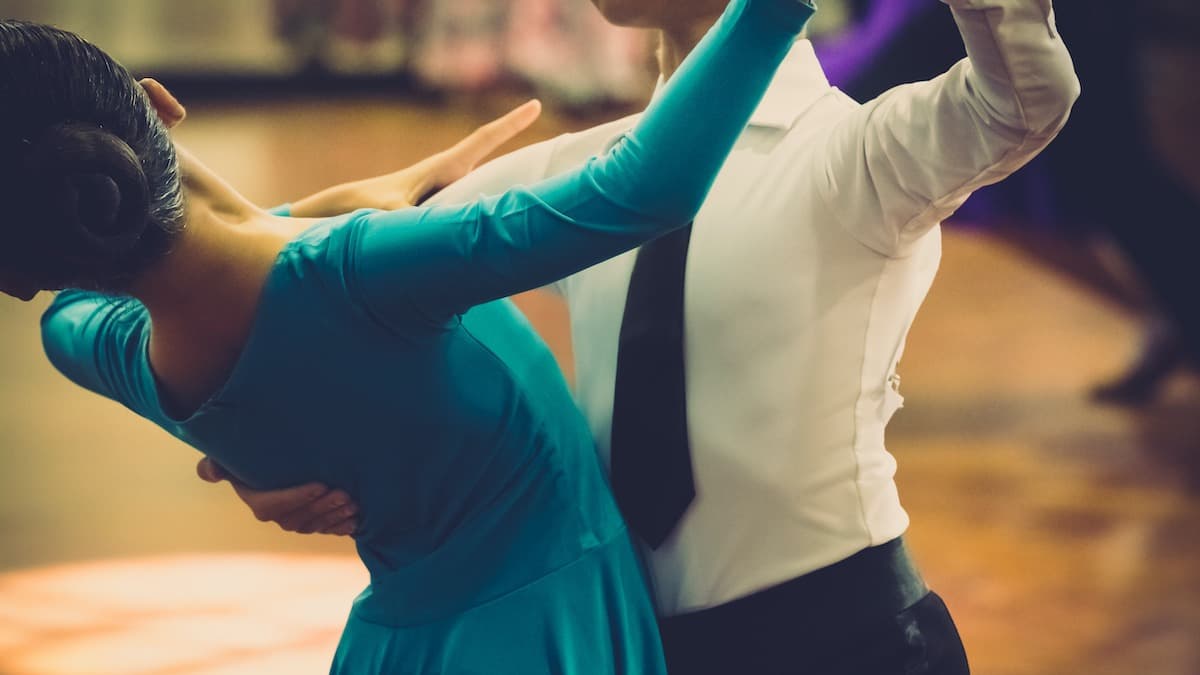Waltz Dance
- Get link
- X
- Other Apps
The waltz is a style of ballroom dance involving two dancers who face each other and perform six steps known as the box step.

What Is the Waltz?
The waltz is a ballroom dance in which a couple turns rhythmically around the dance floor using the waltz box step, a series of six waltz dance steps that form the shape of a box. Composers commonly write waltzes in a three-fourths time signature (which indicates how many beats are in each measure of a piece of music, as well as which note value is counted as a beat).
The waltz is one of the most popular dances in ballroom dancing and one of the easiest of the ballroom dance styles. It's considered a closed-position dance because the two dance partners hold each other while facing each other. It’s also a common dance at weddings and other special occasions.
A Brief History of the Waltz
The waltz (derived from the German word walzen, meaning “to revolve”) can be traced back to thirteenth-century Europe. Here’s a short history of the waltz:
- The Walzer dance emerges. Working-class people in the countryside in lower Germany and Austria enjoyed a folk dance they called the Walzer, an early version of the waltz, in the middle of the eighteenth century, possibly even earlier.
- The Ländler evolves the dance. Around the same time, the region was developing another country dance, called the Ländler (sometimes also called the Schleifer), which follows the same foot movement pattern as the waltz but adds more complicated arm movements by which the partners turn each other around. This dance was popular in the eighteenth century and early nineteenth century in Germany, especially Bavaria, as well as parts of Austria, including Vienna.
- Aristocrats adopt the waltz. Around the end of the eighteenth century and th
- e beginning of the nineteenth century, the waltz had incorporated elements of both the Walzer and the Ländler and migrated from the social dances of peasants and servants to the homes of noblemen and noblewomen in Austria and Germany, and even to high society events in Britain.
- Waltz music goes mainstream. In the nineteenth century, the waltz replaced the minuet, which was formerly the most popular social dance, and became ubiquitous across European dance halls. Composers created waltz music specifically for the dance: Some of the most famous musical accompaniments include "The Blue Danube" by Austrian composer Johann Strauss and “Waltz of the Flowers,” which Peter Tchaikovsky wrote for The Nutcracker ballet.
- Get link
- X
- Other Apps
Comments
Post a Comment